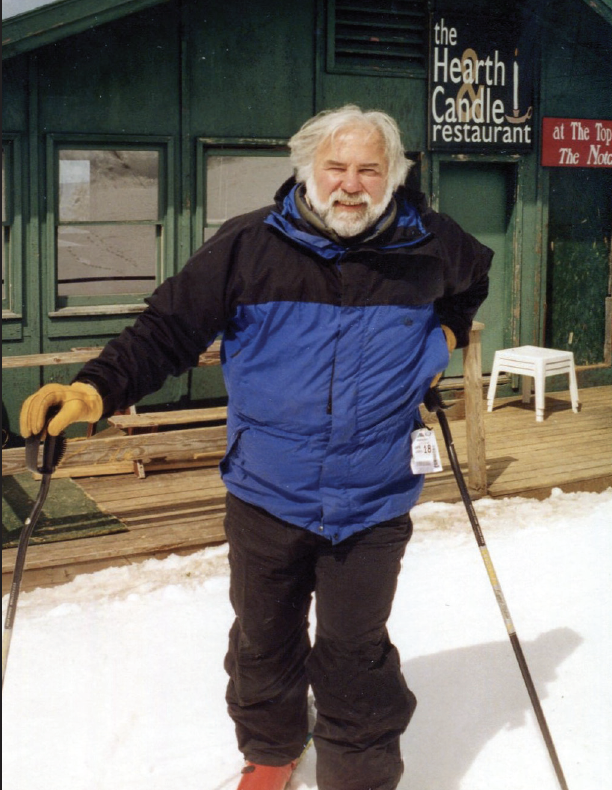Carl Ettlinger - Mechanical engineer, researcher, ski-safety crusader
Carl Ettlinger, an indefatigable force in advancing skier safety, died June 19 at his home in Underhill Center, Vermont, from Parkinson’s disease. He was 77.
An innovative researcher and gifted mechanical engineer, Ettlinger worked collaboratively throughout his life to promote safety on the slopes. He authored or co-authored more than 200 technical articles and 50 peer-reviewed journal articles on establishing safety standards for alpine equipment.
Ettlinger grew up on Staten Island, New York, where his passion for sports began early in life, with skiing and sailing at the forefront. Upon graduation from the University of Vermont, he was commissioned as a 2nd Lieutenant in the Army and was deployed in Vietnam from 1967 to 1968. He served as a Combat Engineer Officer in the 25th Infantry Division, playing a pivotal role as an engineer in tactical land clearing and bridge building, receiving the Bronze Star and Vietnamese Cross of Gallantry.
His professional career in snowsports began shortly after serving in Vietnam. Ettlinger returned to the University of Vermont in 1969 to complete his Masters in Mechanical Engineering. His Master’s thesis, “On the Prevention of Ski Injuries,” concluded that tibia fractures were attributed to failures between skis, boots and bindings. He identified three main factors: boot-ski friction, incompatible boot-binding combinations, and incorrect calibration of the bindings. This resulted in development of the first commercially successful anti-friction device.
His research prompted him to launch Vermont Ski Safety Equipment in 1971, creating the world’s leading laboratory for testing, designing, and analyzing snowsports equipment. It's estimated that his collaborative work and innovations helped significantly reduce the frequency of tibial fractures in the skiing public, resulting in the savings of $600 million annually.
Ettlinger’s achievements in establishing standards for alpine skiing equipment continue to make the sport safer. He was recognized by the American Society of Testing and Materials with the honorary title of Fellow for “meritorious and dedicated leadership of the ASTM International Committee and for conducting the seminal research that provided the technical basis for standards that have materially improved skiing safety worldwide.” He also received NASJA’s Carson White Golden Quill Award, in 2006, for Outstanding Contributions to the Advancement of
Snowsports.
As a result of his research, Ettlinger developed new ski boot and binding interfaces and release mechanisms that are still used today. The binding calibration device he invented in the early 1970s was such a success that at one time more than 95 percent of American ski shops were using it. Today, several thousand of his binding testers are still in use worldwide.
Ettlinger’s work led him to help develop the first nationwide Ski Mechanics Workshops and educational seminars, beginning in 1972 and continuing until 2015. Produced in conjunction with SIA and NSAA, these programs trained thousands of retail and rental technicians in how to implement best practices. “Learning by doing was key,” he noted in 2017. “Everyone in the workshop was able to tighten the screws and see what it feels like to apply the necessary, but not excessive, torque to the binding.”
In 1992, Ettlinger established Vermont Safety Research to develop a pro-active ACL injury prevention program. His Training Tips for Knee-Friendly Skiing was eventually adopted by nearly 100 ski areas across the U.S. to help reduce employee ACL injuries.
Ettlinger’s love of outdoor activities stayed with him throughout his life. He settled in Underhill with his wife Trudee and raised three children, who loved to join him in his sailing and skiing adventures, and helped with the family business.
